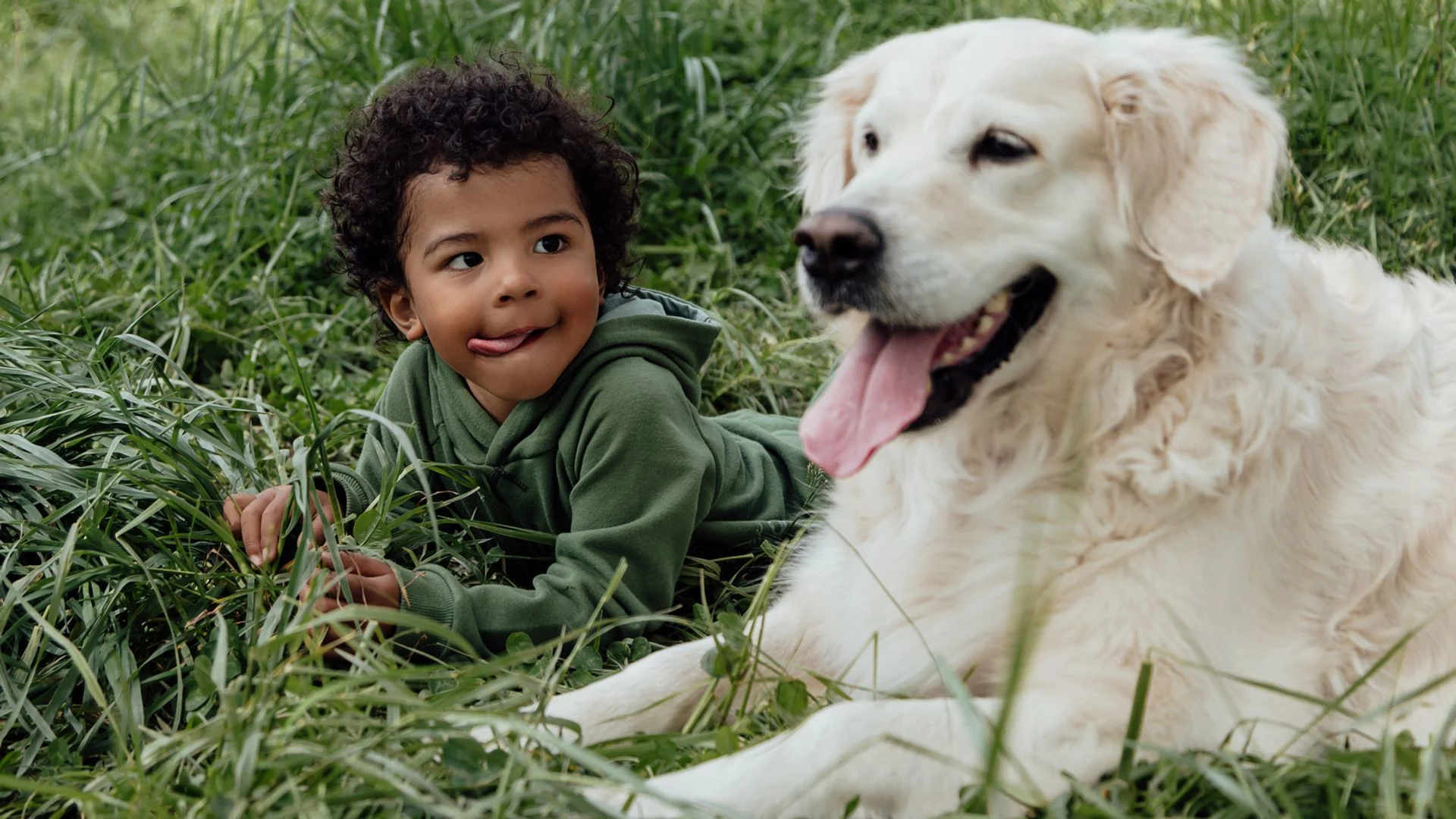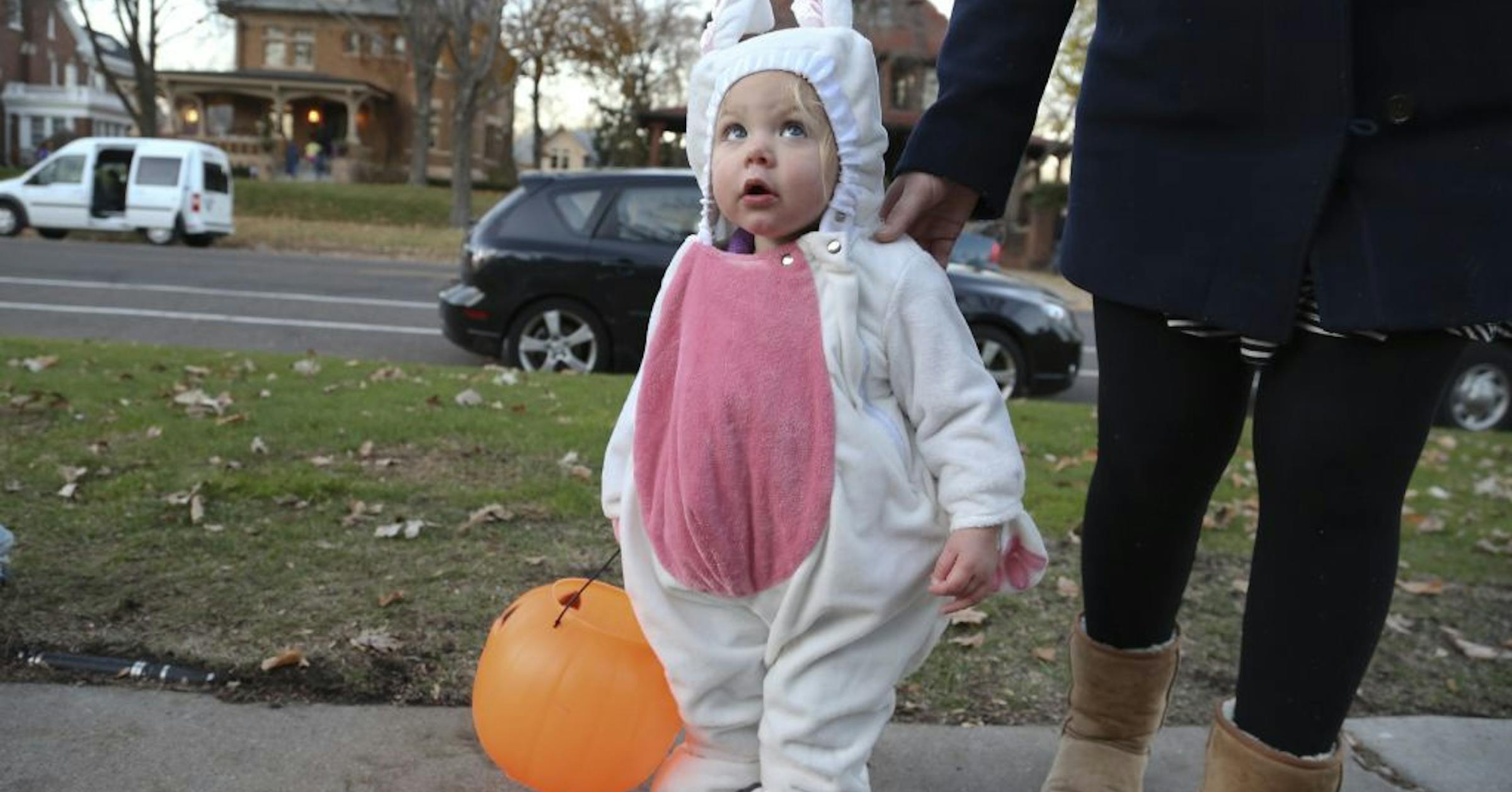Copyright hellomagazine

Bringing a new dog into the home is a hugely exciting time for the whole family, especially if you have children. Your little ones have likely been dreaming about the moment they meet their new best friend for as long as they can remember, and it's so heartwarming to see their bond come to life. However, keep in mind that it can be an overwhelming time for everyone involved, so parents and new owners must be aware of how best to integrate a dog into the family home where children are present. It's especially important if you have toddlers and very young children at home, though it's crucial to supervise at all ages. Here are some tips on how to navigate the time, and some mistakes that are best avoided… Start by keeping them apart It might sound counterintuitive, but it's important not to throw either party in the deep end, as this could backfire. Esteemed animal charity, Battersea Dogs and Cats Home, advises keeping them separate to begin with and introducing short stints of interaction, before increasing the time they spend together over time. "Ensure that both your dog and your child have safe spaces that neither can access. A playpen for your child, a crate for your dog, and the use of baby gates are excellent ways of achieving this. You can still introduce them to each other this way, where they can see, hear and interact with each other, but equally have their own space to relax and enjoy their own activities." The sniff test Medivet suggests that using your dog's smell instincts is a good way to make them familiar with the family. "Holding out your child's hand so your dog can learn their smell is important before trying to stroke them. If your dog seems unsure after sniffing, they may not want to be touched." It's important to explain to children at this point in time that it may take time and patience before the dog feels comfortable approaching the child. What not to do: the mistakes to avoid Allow the child to get too excitable too quickly Children will, of course, be super excited to meet their new furry friend, but it's important to put boundaries in place; otherwise, it could result in the dog feeling overwhelmed and acting out, potentially towards the child. Blue Cross states: "Remember, a dog at face level with young children may seem quite frightening, so be prepared to move the dog away if the child becomes overwhelmed or if the dog is about to jump up. Dogs do not always appreciate being hugged or cuddled unless familiar with it from an early age. "It is a great temptation for children to do this, especially if they have been used to doing it with a previous dog. You will need to slowly find out what your new dog will accept, supervising constantly to ensure no unacceptable behaviour occurs on either side." They add: "Some dogs, such as collies, have a strong herding instinct and may nip at children’s ankles, causing them to squeal and run away. This excites the dog, encouraging more of the same. Children have to learn not to tease or bully the dog, and the dog has to learn not to jump up at the children. It is not advisable to leave children under the age of ten alone with any dog." Allow rough play When they're young, children have the tendency to see dogs as cuddly toys, but it's important to remind them that they are not. Instead, Medivet advises reminding your child frequently to be gentle. "A good rule of thumb is to teach them to treat their pet as they would another child; don't climb on them, no pulling on their ears or tail and no rough play." Cross boundaries One of the benefits of children having dogs in the home is to teach them about rules, responsibilities and caring for another living being. It's important to instil these in your child as quickly as possible, especially when it comes to things like food and care for the dog. Children can often cheekily give their dog food under the table for example, but they may not be aware that they are giving the dog something that may cause illness or, worse, poisoning. Medivet says: "Keep an eye out if your dog is sniffing around for titbits or even better, place them in a different room during dinner time." How dogs can benefit children's development Sophie David, early years expert, founder of Little Happy Learners and author of 'Read, Write, Play', previously spoke to HELLO! about how a new dog in the home can benefit children's development. "From helping with feeding to gentle play and learning when to give the puppy space, little ones begin to understand what it means to care for another living thing. It also supports their emotional regulation – puppies can be wonderfully calming companions when big feelings bubble up." "Interacting with a pet builds communication skills, nurtures a sense of security, and often encourages more outdoor play and physical activity. It also supports language development. Children can chat away to their pets, narrating and expressing emotions in a safe, pressure-free way." She added: "While puppies bring lots of joy, they also require time, training, and supervision, especially with young children around. It's important to teach children how to interact gently and respectfully with the puppy, and to always supervise play to ensure both child and pup feel safe and comfortable." Friendliest dog breeds for families with young children These breeds are known for being gentle, highly adaptive to training and compassionate; therefore, great breeds to go for if you have kids at home. Golden retrievers Border Collies Basset hounds



